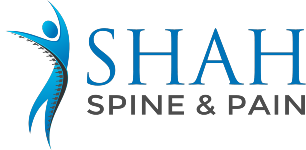INTRODUCTION
One of the most exciting recent developments in the treatment of chronic musculoskeletal conditions is the use of Platelet-rich Plasm (PRP) and Adult mesenchymal stem cells (MSCs). These therapies are a spectrum of cutting-edge techniques used to naturally treat and heal the cause of a painful condition rather than masking the symptoms. Adult MSCs are undifferentiated cells that have the potential to become other more specialized types of cells. They can be isolated from your own body, processed, and re-injected back in the same body at the damaged, injured or arthritic and painful affected area. Often PRP is used in adjunct to stem cell regenerative therapy derived from the bone marrow of one’s own body. This therapy uses your own cells to aid and AMPLIFY the healing process in joints, cartilage, meniscal, tendons, or muscle conditions. The therapy uses your own cells to aid and AMPLIFY the healing process in joint, cartilage, meniscal, tendons, or muscle conditions.
PURE PRP GROWTH FACTORS FROM OWN BLOOD:
The growth factors are attained directly from your own blood. It is then processed to produce the best form of platelet-rich plasma possibly available. Pure PRP provides the highest concentrations of growth factors and can be combined with your own adult stem cells for best results.
WHY PRP PLATELET-RICH PLASMA? Platelets are a specialized type of blood cell that is involved in the injury healing process. Human platelets are naturally extremely rich in connective tissue growth factors. Injecting these growth factors into damaged ligaments, tendons, and joints, stimulates a natural repair process.
IN WHAT CONDITONS CAN ADULT STEM CELLS BE USED?
Stem cell regenerative therapy can be used in almost all chronic conditions involving multiple systems. For Musculoskeletal and Joint regenerative therapy, they are most commonly used for the treatment of conditions that have failed or responded incompletely to other more conservative treatments, including:
- Osteoarthritis of the Joints, Spine -Chronic partial rotator cuff tears
- Persistent partial tendon tears, such as lateral epicondylitis (tennis elbow), plantar fasciitis, quadriceps and patellar
- Meniscal (cartilage) tears in the knee
- Chondromalacia patella (patellofemoral syndrome)
- Degenerative disc bulge/disease
Regenerative therapy is an outpatient procedure that is done at the point of care. It involves the application of a concentrated form of platelet-rich plasma, and/or bone marrow aspirate tissue or to the affected area. This is a generally painless procedure in most cases, and completely safe. This therapy can be used to aid and to AMPLIFY the healing process in a joint, cartilage, meniscal, tendon, or muscle condition.
ADULT STEM CELLS FROM YOUR OWN BONE MARROW:
A great source of regenerative MSCs can be found in the iliac crest of the hipbone and processed with the bone marrow concentrating system. These stem cells have more chondrocytic (cartilage & bone-forming) properties that are especially useful for musculoskeletal conditions listed above
If you are taking Aspirin (or like products) you should stop it 7 days prior to this procedure. Please talk to your Physician.
ADULT STEM CELLS FROM YOUR OWN ADIPOSE (FAT):
Fat can be removed from your own body, usually from the abdominal, buttock, or thigh area, and processed. This results in a highly concentrated stem cell solution that can be mixed with platelet-rich plasma (PRP) and then injected back into your body in the area of concern. We currently do not undergo this procedure.
PLACENTAL/AMNIOTIC FLUID ALLOGRAFT:
Placental tissues have been used as biologic dressings for over 100 years. Placental/Amniotic tissue is unique in that it is “immune privileged” and, as such rarely evokes an immune response. The cells inherent in the placental tissues are found to be broadly multipotent, capable of differentiating into other cells. They have shown to have anti-inflammatory, anti-microbial, and anti-adhesive properties with a wide range of growth factors. Human placenta tissue-derived allografts (other human donors) are an alternative to other regenerative products.
THE PROCEDURE
Injections to the affected areas such as the tendon or joint are performed under all aseptic and antiseptic precautions with ultrasound or fluoroscopic guidance to ensure proper placement. The entire process takes less than one hour.
PRECAUTIONS
For the first week after the injections, it is critical to avoid anti-inflammatory medications, including Aspirin, Advil, Motrin, ibuprofen, Naproxen, Aleve, Celebrex Mobic, and other such anti-inflammatories. These will interfere with the healing response. Your doctor may also prescribe pain medication for post-injection discomfort.
WHAT TO EXPECT AFTER?
Most patients see considerable relief of their pain with improvement in function within 4-8 weeks. Even though the intent of the treatment is to relieve pain and improve function, there have been reports of cartilage thickening and many patients have successfully delayed surgery. The success rate varies depending on the part of the body being treated but has been noted to be as high as 80-85% for treatment involving the knee joint. Currently, cell-assisted regenerative therapies, including stem cell injections, are still considered experimental. Most insurance plans, including Medicare, do NOT pay for cell-assisted regenerative therapies. Please contact your physician or health care personnel for more information.

